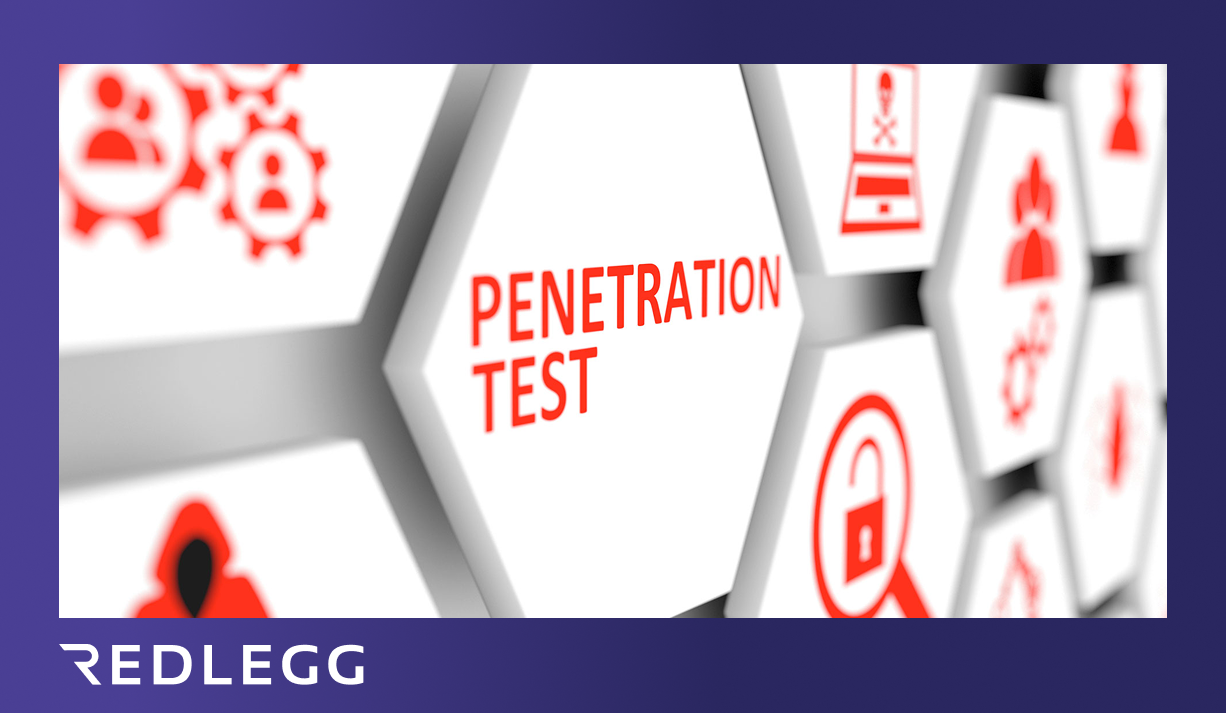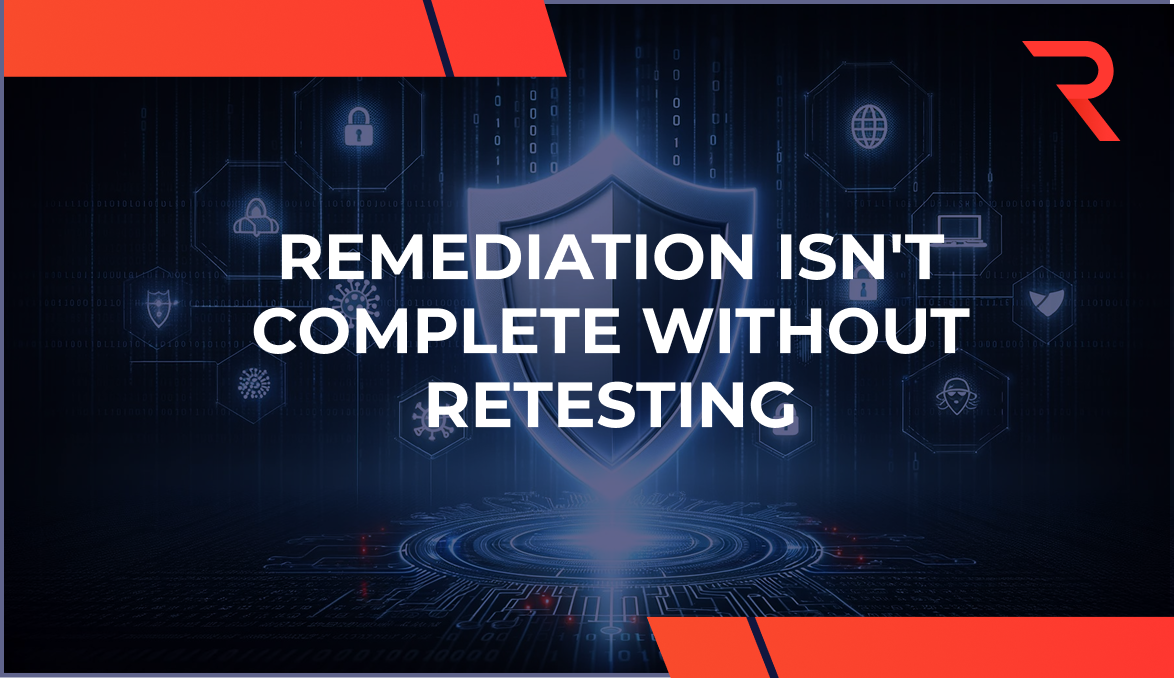10 min read
By: RedLegg Blog
Cybercrime has become increasingly malicious over the years, with system data breaches and debilitating denial-of-service attacks becoming more common. As a result, companies are now adopting a more proactive approach to managing their cybersecurity to stay ahead of potential threats.
It's alarming to know that data breaches can go unnoticed by a company for over six months, leaving the door open for irreparable damage, including mission-critical data loss or even a complete system failure.
That's why proactive measures like threat modeling are crucial in identifying and addressing potential threats early on.
What is Threat Modeling?
Threat modeling describes the process of methodically analyzing systems and applications for potential vulnerabilities, both from internal and external sources. These vulnerabilities can come in several forms, including cyberattacks, data corruption, or any other disruption to normal operating functions.
Threat modeling helps to identify specific threats to the long-term sustainability of a system and drives better-informed decision making regarding its stability. When developing new processes and scaling your operational capacity, threat modeling plays an important role in risk mitigation.
By implementing threat modeling processes during the early stages of software development, establishing networking configurations, or IoT integrations, you can make significant improvements in your organization's ability to evolve as needed while keeping your systems secure.
How does the threat modeling process work?
While threat modeling and penetration testing may look different for each organization, the fundamental structure that makes-up these preventative measures remains the same. The threat modeling process always begins by reviewing a list of strategic questions and answers centered in the following areas:
1. What applications or systems are you reviewing?
Although this question seems simple enough to answer, recognizing the individual layers of a website, business network, or application allows you to narrow your focus when addressing their potential risks.
2. What are the potential risks?
Once you’ve determined your primary area of focus, you’ll want to identify the most relevant risks to your systems’ integrity. For example, if you wanted to build a threat model for a cloud-based data storage solution, some potential risks you may identify are data loss and corruption, regulatory non-compliance, system downtime, and security breaches.
3. What countermeasures do you need to have in place?
What makes threat modeling effective is having an action plan in place to address issues as they arise. Each identified risk should have an appropriate mitigation approach to use in the event you require it.
4. When reviewed, how effective is your threat response?
Your threat modeling process need not be overly granular in construction, but it needs to be effective. Reviewing your risk mitigation strategy before, during, and after its execution is vital to ensuring your threat modeling program is relevant and achievable.
Why is threat modeling important for your business?
Preventative security measures are a necessity for modern-day businesses. Taking a passive route when preparing your infrastructure for long-term sustainability can have disastrous effects, especially if your company is ever targeted by malicious sources.
Threat modeling not only helps you proactively secure your mission-critical systems, but it also makes you more efficient when developing infrastructures and when supporting organizational change. Threat modeling lets you think two steps ahead before walking down a potentially dangerous or unproductive path and can help design better operational processes down the road. The reports you generate from each of your threat modeling initiatives are essentially blueprints that can be used on similar projects to minimize their lead time and increase their effectiveness.
Regular threat modeling can provide numerous benefits to growing organizations. By having a disciplined approach to network security, system setups, and new software integrations, building a threat model allows you to produce measurable security results while aligning with company goals and ensuring businesses stability.
Does your pen test vendor do threat modeling?
Want more? Read...








